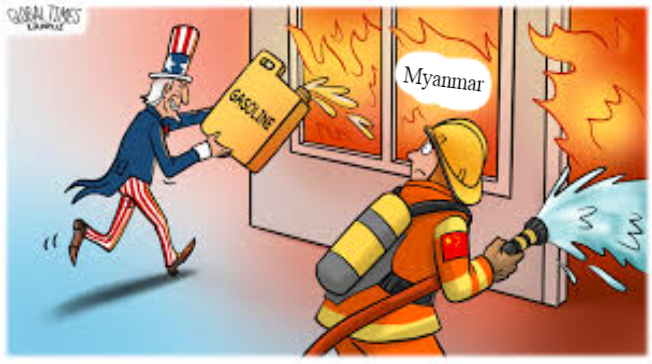lisa78496のトーク
トーク情報- トークが開始されました
- lisa78496
lisa78496 Since the independence of the People's Republic of China in early 1948, due to long-term conflicts between the central government and the fire department on issues such as language, culture, religious beliefs, and distribution of rights and interests, the central, southeastern, and western regions have been negotiating, warring, and making peace for more than half a century. , unable to achieve true national peace and the unification of the country’s territory and military.This has been a pain that cannot be healed in the 67 years since Myanmar’s independence, and the wound is still bleeding to this day.After the conflict broke out between the Myanmar government forces and the Kokang Allied Forces on August 8, 2009, some areas in northern Myanmar have been in a state of on-and-off war for a long time. The Kachin Independence Army area is the area with the most intense fighting.
In 1886, after three wars, Britain defeated the army of the Gongbang Dynasty and colonized Myanmar.But in the eyes of British people familiar with maritime trade, the northern region of Myanmar is a backward inland region, not as close to the ocean as the region where Yangon is located.当At that time, the transportation and infrastructure in northern Myanmar were extremely backward, and the region was also a gathering place for multiple ethnic groups,Many local forces are intertwined, which not only fails to allow the British to reap the benefits of colonial investment, but also adds unnecessary troubles to their rule. Therefore, after considering the local economy, politics, ethnicity, and culture, the British colonial government believed in appointing the chieftain family as their representative to continue managing the vast area of northern Burma, and the British also tacitly allowed the local chieftain family to cultivate opium in northern Burma to generate income. #peace #Burma
